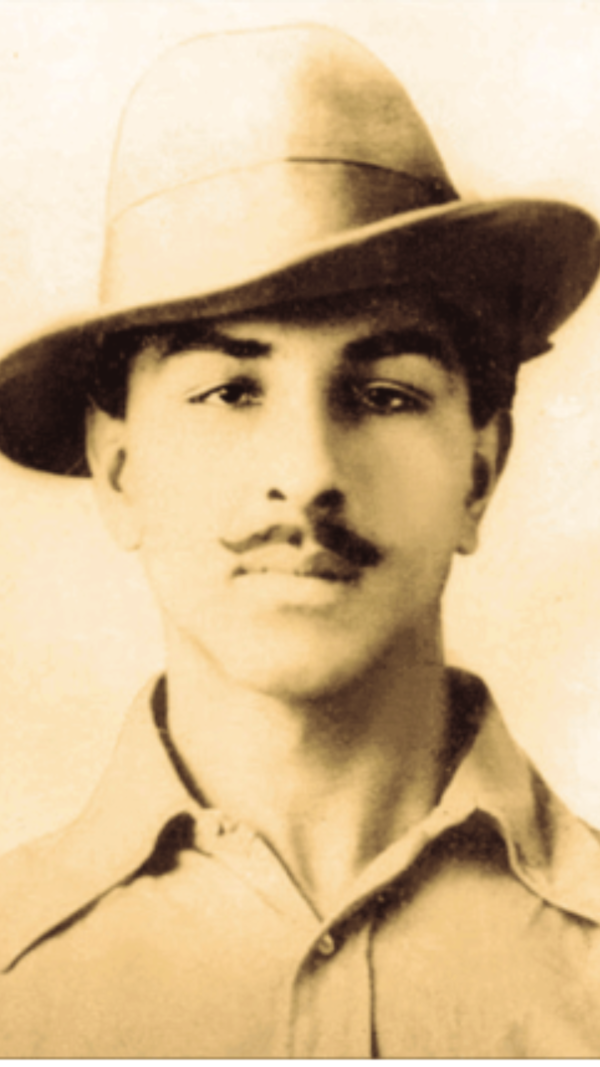5 interesting facts about Delhi's Qutub Minar

5 interesting facts about Delhi's Qutub Minar
Qutub Minar, Delhi's towering landmark, dominating the Mehrauli region, attracts thousands of tourists globally every year. While many are awed by its unique architectural beauty, awe-inspiring height, and stunning pillar carvings, there is a lot more to this UNESCO World Heritage site.
Here are five fascinating facts that make the evergreen Qutub Minar a place worth visiting.

The Iron Pillar Mystery
Amidst the Qutub complex stands the famous Iron Pillar, a 7-meter-high pillar that predated the minar. More impressive is the fact that the pillar has survived over 1,600 years without rusting—a feat that still baffles metallurgists and historians today.

Once accessible to the public
This minaret is very tall, so obviously the view at the top will be stunning. Previously, the tourists used to ascend the spiral staircase to the top of the minaret to get a breathtaking sight of Delhi. But due to a disastrous stampede mishap that happened in 1981, public access to the interior was shut down for good. Nowadays, the tourists can still behold the grandeur from the outside.

World's tallest brick minaret
Standing about 73 meters high, the minaret is the world's tallest brick minaret. Made of red sandstone and marble, its tapering five stories are distinguished by a projecting balcony, highlighting the Indo-Islamic architectural dexterity.

Inscriptions on pillars
The pillars and walls of Qutub Minar are done in exquisite Arabic carvings, comprising Quran verses and historical descriptions of bravery and wars. These inscriptions are not merely there to delight the eye—they are centuries-old historical records etched on stone.

Construction spanned over generations
Like Rome, Qutub Minar wasn't built in a day. The construction work began in 1192 by Qutb-ud-din Aibak, the founder of the Delhi Sultanate, and ]was finished by his successor Iltutmish and later destroyed by lightning and reconstructed by Firoz Shah Tughlaq. The tiered construction symbolizes the transition of designs between dynasties.

The evergreen monument
Qutub Minar is not merely an architectural marvel—it is a reflection of Delhi's complex and layered past, cultural assertiveness, and artistic excellence. You are a history enthusiast, a travel lover, or an architecture enthusiast; Qutub Minar has something more than just stories carved out in stone columns, yet to be uncovered with each visit.








